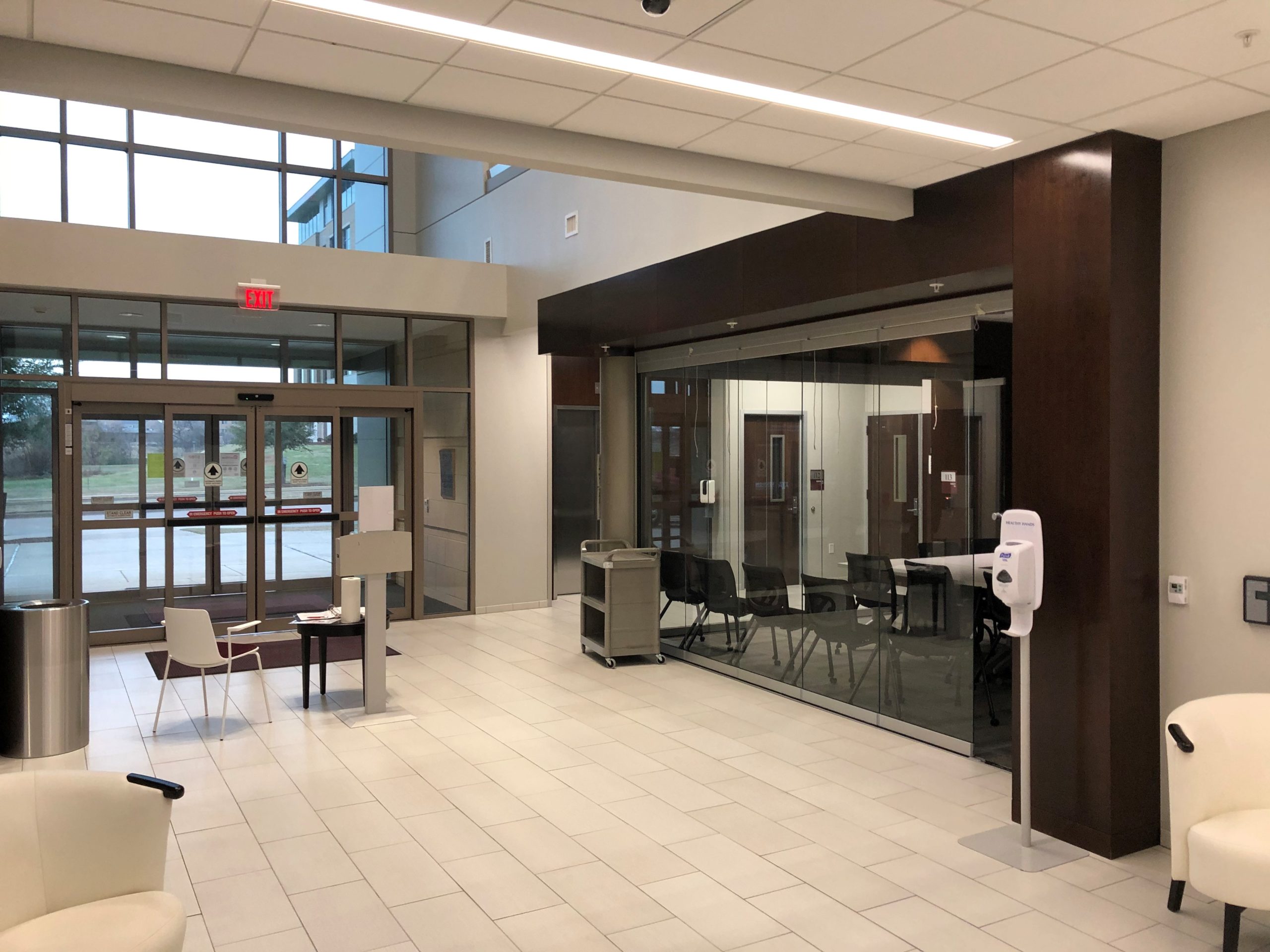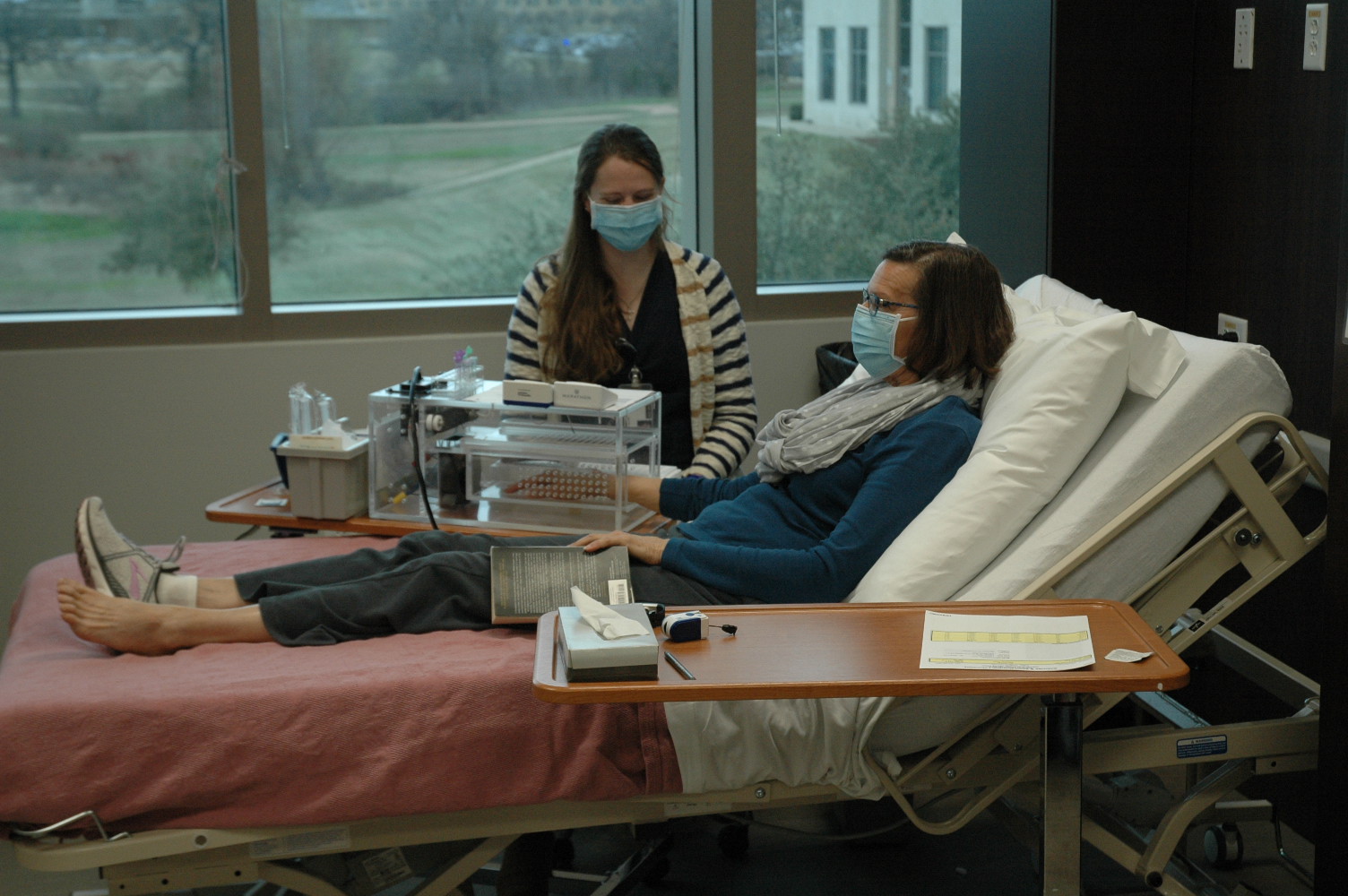mission & History





HISTORY
Efforts to develop the Human Clinical Research Facility (HCRF) began in 2008 when Dr. Kreider relocated the Exercise & Sport Nutrition Lab (ESNL) to Texas A&M University (TAMU) to become Head of the Department of Health & Kinesiology (HLKN) in the College of Education and Human Development (CEHD). Because facilities supporting human clinical research were limited at TAMU, the ESNL was located in the Research Park where they paid rent for a 5,000 sf. ft. facility.
In 2008-09, efforts began to pursue development of a human biomedical research facility to house the ESNL and other related labs in HLKN. The university supported submission of an NIH C06 facility grant to build a Human Biomedical Research Building to house the ESNL and other HLKN basic and applied labs. The proposal was favorably scored but not funded. Subsequent efforts included pursuing converting a floor in the Reynold’s Medical School building or a proposed One Health Building into a clinical research center. However, these efforts did not materialize.
Soon thereafter, the university had a call for white papers to help develop major research themes. Submissions included research themes related to genomics, obesity, aging, metabolic disease, among others. As part of this effort, the CEHD decided to support a signature hire in aging. This facilitated the recruitment of Dr. Nicolaas Deutz and his research team from the University of Arkansas for Medical Sciences to develop the Center for Translational Research in Aging and Longevity (CTRAL). This effort led to development of CTRAL next to the ESNL in the Research Park.
As a result, there was greater interest in helping other faculty members conduct their research protocols in the ESNL and/or CTRAL facilities. In 2013, there was a call to Deans for high-impact ideas. Consequently, Dr. Doug Palmer, Dean of the CEHD, Dr. Rick Kreider (Head of the Department of Health & Kinesiology at the time), and Dr. Nicolaas Deutz (Director of CTRAL) submitted a proposal to add another 10,000 sq. ft. to the Research Park facility so they could work with additional faculty on their projects. While this proposal was well-received, the university did not want to invest in a building not owned by the university. Initially, the HCRF was planned to be housed in a new Health and Kinesiology Building adjacent to the new Physical Education Activity Building. However, after it looked that that building would not be approved for 10 or more years, there was discussion about developing a new standalone clinical research building that would sit next to the proposed Health & Kinesiology Building. As a result, the university asked for an estimate to build the HCRF and efforts began to make the HCRF a reality.
The university invested about $10.5 million dollars to support this effort with remaining funds supported by the CEHD and HLKN (about $4 million dollars). After several years of planning and construction, the HCRF officially opened on April 11, 2017. In 2019, the CEHD partnered with Aerospace Engineering to build an annex ($1.5 million dollars) to the HCRF to house a short-radius human centrifuge previously located at UTMB-Galveston to conduct NASA-related anti-gravity research. Construction began in the winter of 2020 and with plans to be operational by the spring of 2022. Since the summer of 2017, the HCRF has served as a primary hub for resident and non-resident PI’s in conducting human biomedical research at TAMU.
From 2017 – 2022, the mission of the HCRF was to serve as a comprehensive biomedical research facility in providing support to researchers conducting human clinical research at Texas A&M University. Under the leadership of Dr. Richard Kreider, the HCRF established a Human Clinical Core service center to assist faculty on campus as well as external sponsors in conducting research in the HCRF using a fee-for-service model.
As part of recommendations made in the Texas A&M University “The Path Forward” and approved by President Banks, the HCRF was transferred from the College of Education and Human Development (cehd) to the Texas A&M Health Science Center (TAMHSC) on September 1, 2022. The ESNL and CTRAL remain in the HCRF and Dr. Kreider continues to serve as Director of the Human Clinical Core.
